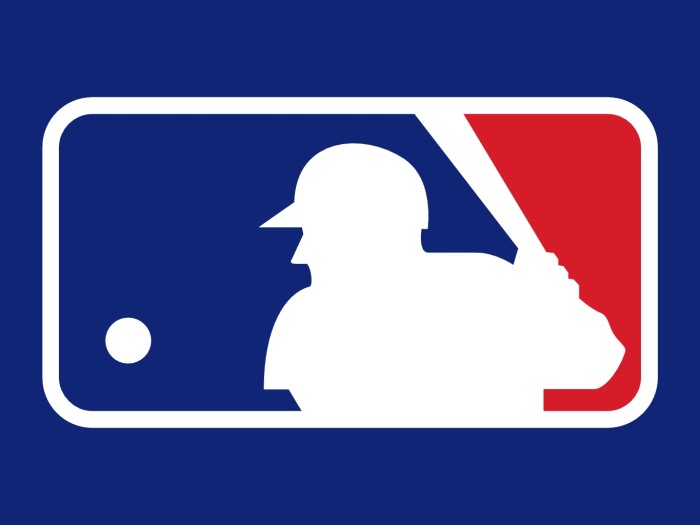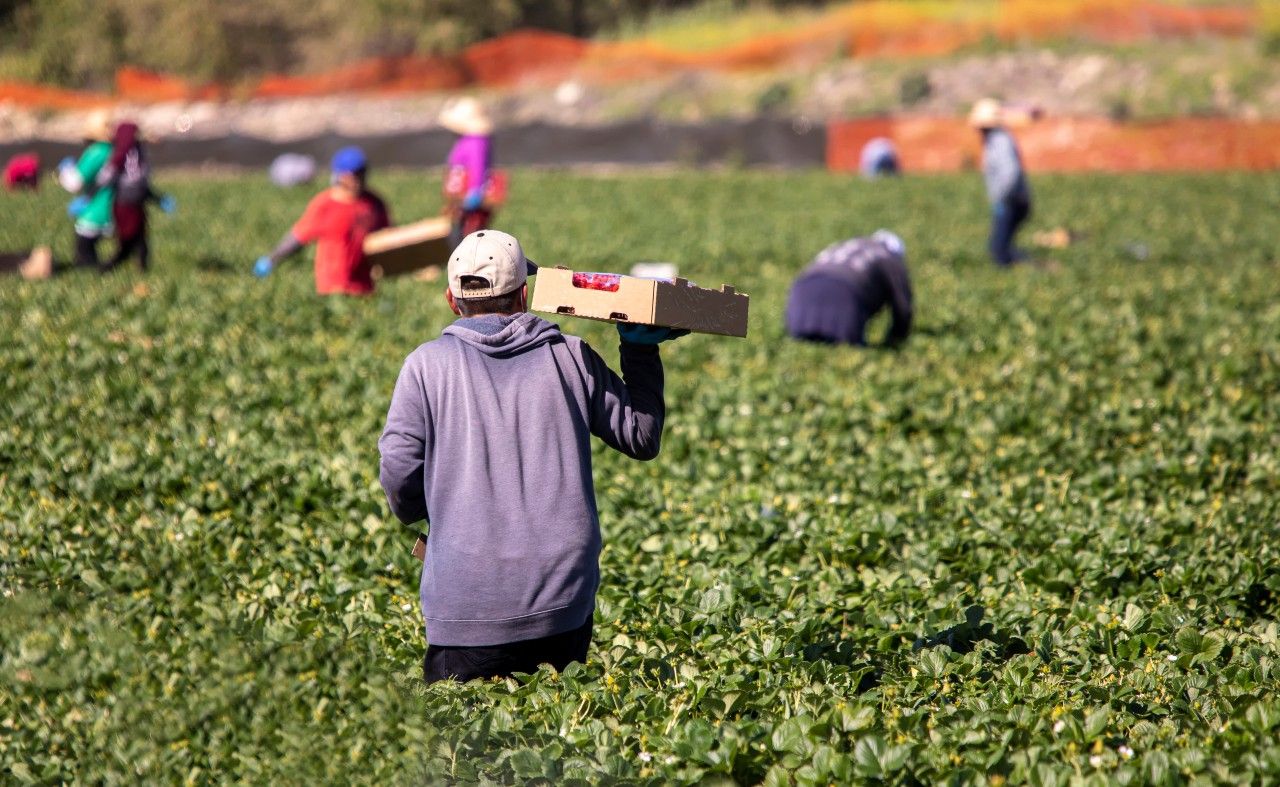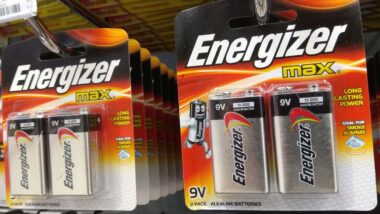Top Class Actions’s website and social media posts use affiliate links. If you make a purchase using such links, we may receive a commission, but it will not result in any additional charges to you. Please review our Affiliate Link Disclosure for more information.

Plaintiff Gail Payne purchased season tickets to watch the Oakland As during the current season. While Payne admits that she has yet to be injured by any fly balls or broken bats herself, she says that she is constantly ducking to avoid getting hit that she believes it’s only a matter of time before she does.
“A line-drive foul screams into the stands at 100 miles per hour. A bat slips from a player’s hands, cartwheeling dangerously out of control as it crashes among the fans. A fielder hurries his throw, sailing the ball into the front rows,” Payne says in her class action lawsuit. “These, and other action-related events, pose serious safety issues for baseball fans.”
According to the MLB class action lawsuit, the problem is a “lack of safety netting,” which results in “over a thousand preventable injuries per season.”
Payne claims that while fans of all ages get hurt, that it is “often children,” who “suffer often horrific and preventable injuries, such as blindness, skull fractures, severe concussions, and brain hemorrhages, when they are struck by a screaming foul ball or flying shrapnel from a shattered bat while sitting in an unprotected area.”
Specifically, she claims that “1,750 spectators are injured each year by errant balls, mostly fouls, at major league games.”
MLB Commissioner Rob Manfred and the Office of the Commissioner have acknowledged that there is safety risk to fans as well as a duty to protect fans.
Following an injury to a fans in June in both Texas and Boston, Manfred told news outlets “that MLB would ‘re-evaluate’… ‘take a fresh look at’… and ‘react strongly’ to the issue of spectator injuries from errant balls and bats.”
However, the MLB class action lawsuit says that “Manfred and the Office of the Commissioner have failed to act.”
At the Oakland Coliseum, where the Oakland A’s play, Payne said she and her family purchased season tickets in a section that is not covered by netting, which is currently only behind the backstop. She believes that her tickets were cheaper than other sections because there is no protection. She claims that she and her family duck fly balls three or four times per game.
“The most dangerous areas of the ballpark are the exposed areas along first and third base, between the foul poles, where most foul balls are hit (the ‘Danger Zone’),” Payne writes.
“A 2002 study of a 1998 foul ball injury at Fenway Park concluded that it took the ball a mere 1.07 seconds to travel 141 feet. The ball was estimated to be traveling at 90 miles an hour,” the class action lawsuit says.
She also says that one of the problems is the type of wood that bats are made from.
“In the modern era, maple has replaced ash as the wood bat of choice in the Major Leagues,” the class action lawsuit says. But the problem with maple is that if it breaks it has “tendency to explode and send multiple sharpnel-like pieces in indiscriminate directions.”
According to the baseball fan safety class action lawsuit, several baseball players have been asking for increased safety measures for fans since at least 2007.
After a boy was hurt at a San Francisco Giants game against the Los Angeles Angels in May by a foul ball hit by Angels baseball player Chris Ianetta, he told the media that he didn’t “understand why you would put little kids there, not behind the net, in the first place.”
Ianetta added, “As an adult, I wouldn’t sit there because there’s not enough time to react to those things. At first, my heart sank, because I didn’t know how bad he was hurt. Then, I was [ticked] off because of the area they were sitting in in the first place. It’s not a place for kids. It’s really not. I wouldn’t put my kids there.”
The baseball fan safety class action lawsuit is charging MLB and MLB commisoner Manfred, who is also named in the lawsuit, with negligence, fraudulent concealment, violating the California Unfair Competition Law, and violating the Consumer Legal Remedies Act.
Payne is asking for injunctive relief, requiring that additional netting be put up in baseball parks across the country.
Plaintiffs are represented by Jeff D. Friedman, Jon T. King, Steve W. Berman and Anthea Grivas of Hagens Berman Sobol Shapiro LLP, and Robert C. Hilliard and Marion Reilly of Hilliard Munoz Gonzales LLP.
The MLB Fan Safety Class Action Lawsuit is Gail Payne et al. v. Office of the Commissioner of Baseball et al., Case No. 4:15-cv-03229, in the U.S. District Court for the Northern District of California.
ATTORNEY ADVERTISING
Top Class Actions is a Proud Member of the American Bar Association
LEGAL INFORMATION IS NOT LEGAL ADVICE
Top Class Actions Legal Statement
©2008 – 2024 Top Class Actions® LLC
Various Trademarks held by their respective owners
This website is not intended for viewing or usage by European Union citizens.















One thought on MLB Hit With Class Action Over Lack of Netting, Protection for Fans From Foul Balls
I have played from when I was little and through college so going to several big league ball parks I tell my kids to be on there toes